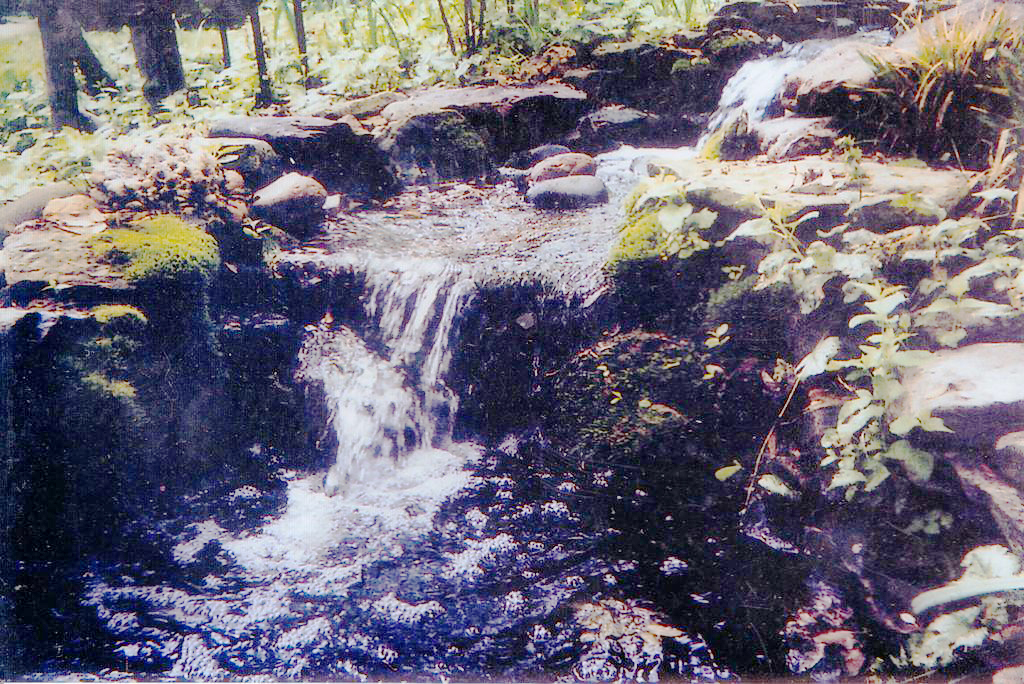The woodland garden
Published 2:47 pm Wednesday, January 19, 2022
|
Getting your Trinity Audio player ready...
|
Woodlands are typically associated with a rustic or unique home, but this naturalistic option for landscaping can be used with most homes if planning and details are done with thought and care. The object is to create something a little wild, something natural—yet tamed by using some modern plants to go among native ones. Keep some trees if you already have a lot that has trees; plant a few to get this started if that’s what needs to happen to begin the creation of a forested garden in your yard. Plenty of mulch, some winding pathways and being sure to eliminate things like poison ivy can result in a tranquil woodland just outside your house.
This landscape needs some trees, not all the same size or species. Then some smaller trees. Then some shrubs. Finally native flowers, some grasses, and a few shade lovers that happen to be your favorites or desired for some sentimental or whimsical reason. If some big canopy trees already exist, you may have realized lawn grass doesn’t grow well under trees. Adding some shrubs and perennials and mulching takes care of trying to raise grass and cuts the hours every week mowing.
Trending
It’s pretty easy if you already have some forested spots in the yard to begin.
But, what if yours is a newer house and has maybe a tree and a half dozen foundation plants—or nothing at all? Or perhaps you’re just tired of all the yard maintenance. We’ll take a look into how to create a woodland garden where there are no woods.
Let’s assume you’ll buy and plant at least two or three larger trees, maybe six to twelve feet tall. If the soil is too heavy, adding some good soil and raising the surface a few inches may help a lot. Planting these in some informal arrangement in a portion of your property that you’d like to begin this woodsy spot will get you on your way.
Shade is created in these types of landscaping. If you’re starting from scratch, planting a little each season and slowly growing the natural area is probably best. Trying to convert a whole yard from scratch could be very expensive and still you’d not get the mature forest look. Some of the shade loving plants could probably be safely installed if the slope of the yard is to the north even if there’s but little shade early on in this planting and installation process.
So, let’s start by a quick study of trees. Trees that have smaller leaves let more light through. Trees that have long deep taproots don’t hinder smaller trees and shrubs nearly so much, so choose some of those. Red or Scarlet oak, and some pines, gum trees, birches, honeylocust and ginkgo come to mind.
Once your bigger and taller trees begin to produce shade and darken the light hitting the ground, think of some understory trees. Serviceberry, snakebark maple or some of the Japanese maples, maybe redbud, fringetree or mockorange.
You may need to put it off for three or more years, but adding viburnums, azaleas, hollies, Carolina allspice, symphoricarpos, hydrangeas, and some berry producing plants as edibles for both people and animals helps flush out the look of a forest.
The final plantings can be done over the years. These may be garden plants such as hosta, daylilies, toad lilies, bee balm, columbine, and so many other diverse shade-loving blooming plants.
At some point paths should be installed. These can be simple, even moss or leaf-covered, or a different shade of mulch from that around and under the trees and other plantings in your freshly created forest. Making paths curve around a group of plants that you cannot see past makes people curious to see things beyond the bend, so create some mystery as you lay out your paths through your forested garden.
Thought out and carefully executed, this type of naturalistic landscaping only gets prettier and more elegant as the years go by. The cool shade may convince you to put seating, a gazebo or other amenities out in this naturalized area.
Yes, all added up it is a chore. But so is cutting the grass 30 or 40 times every year. Just add some improved soil if needed, get out the hose if it’s a dry spell, mulch recently planted things, and be patient before adding the things that must have shade to thrive.
So, are you ready to get started for the long steady planting of a forest, or are you going to go all in and get rid of the grass and create a naturalized yard at once? It might be the talk of the neighborhood, but some other folks may desire to do the same if your project turns out to be a beautiful paradise. The author is a landscaper. For contact, visit rockcastles.net






